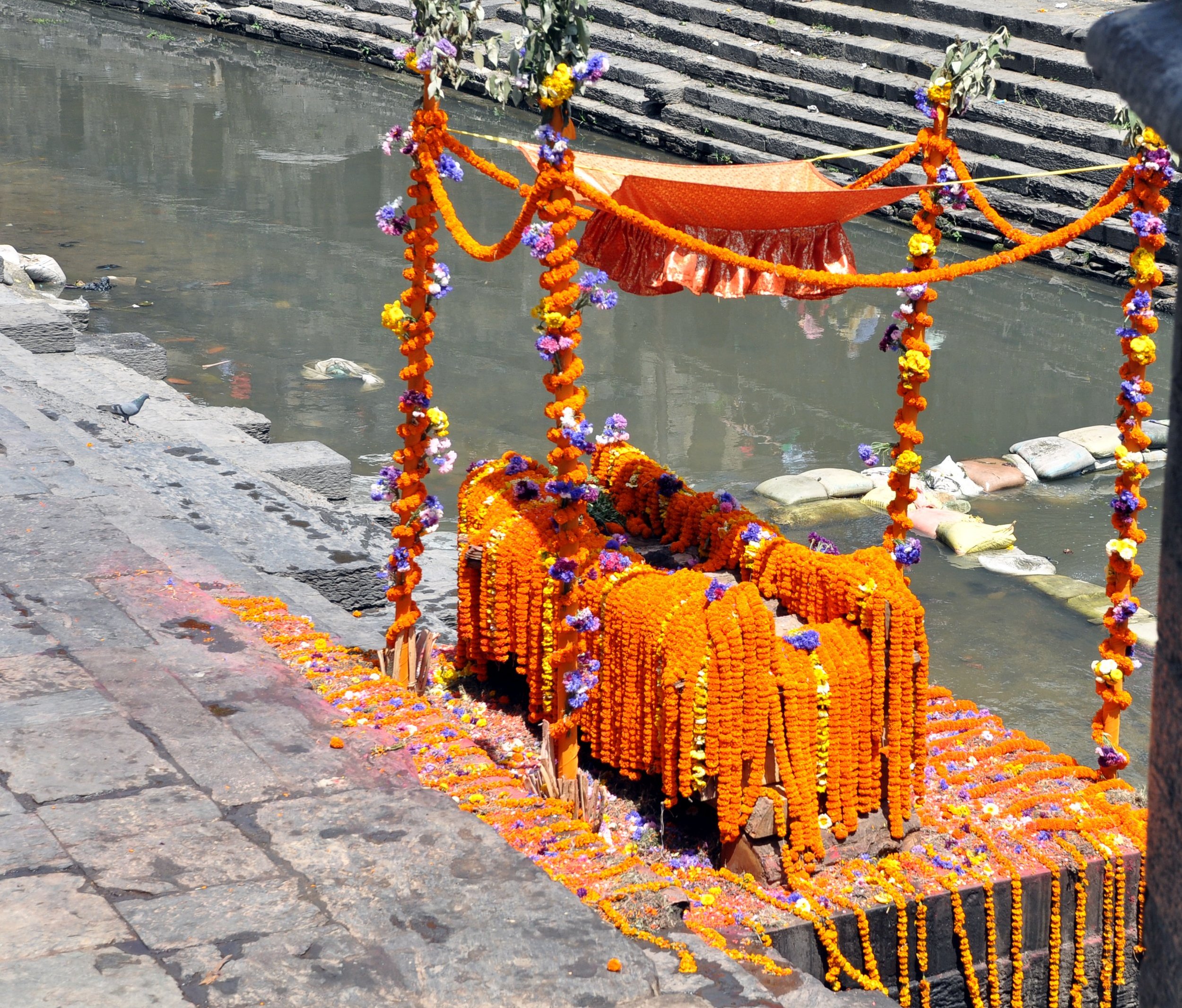Samosas at Hindu Funerals: A Delectable Farewell Tradition
In the heart of Hindu funeral rituals, amid the poignant farewells and solemn ceremonies, lies a surprising and heartwarming tradition—the presence of veggie samosas. These golden triangles of deliciousness play a unique role in celebrating the life of the departed and offering comfort to the grieving.
A Feast of Faith and Remembrance:
Hindu funerals, deeply rooted in spiritual and cultural traditions, are a time of reflection, mourning, and remembrance. Central to these ceremonies is the belief that the departed soul embarks on a journey to the afterlife. While the atmosphere is laden with grief, it is also filled with a sense of celebration for a life well-lived.
Samosas: More Than Just a Snack:
In Hindu funerals, samosas transcend their usual role as a popular snack. These savory pastries are not just a culinary delight; they are symbolic offerings that hold deep significance. The triangle shape of the samosa symbolizes the trinity of life—birth, life, and death. It is a powerful reminder of the cycle of existence and the belief in reincarnation.
A Nourishing Farewell:
The inclusion of veggie samosas in Hindu funerals serves a dual purpose. First, they are a means of nourishing the mourners, providing comfort and sustenance during a difficult time. The warmth and aroma of freshly fried samosas fill the air, offering a momentary respite from sorrow.
Honoring the Deceased:
Secondly, the samosas are offered to honor the departed soul. It is believed that the essence of the food is imbued with the love and memories of the grieving family. By sharing samosas, they not only remember their loved one but also provide sustenance for their journey into the afterlife.
The Recipe that Bonds Generations:
Samosas at Hindu funerals are often prepared with a recipe passed down through generations. The act of making these samosas becomes a ritual in itself, a way for family members to connect with their heritage and the memories of their loved one.
The Universal Language of Food:
Food has a remarkable way of transcending language and culture, bringing people together even in the most challenging of times. In Hindu funerals, samosas symbolize this universal connection—offering solace, nourishment, and a reminder that love and memories live on.
Continuing the Tradition:
In today's multicultural world, the tradition of serving samosas at Hindu funerals continues to evolve. While the shape and symbolism remain constant, the fillings may vary to accommodate dietary preferences. This adaptability reflects the dynamic nature of Hindu culture and its ability to embrace change while honoring its rich traditions.
A Culinary Tribute:
Samosas at Hindu funerals serve as a culinary tribute to the departed, a gesture of love, and a reminder that even in times of sorrow, there is a place for celebration and nourishment. As the aroma of freshly fried samosas wafts through the air, it carries with it the spirit of remembrance, unity, and the enduring power of food to bring solace to the soul.
Crispy Fried Samosas
Ingredients
3 tbsp oil
1 tsp cumin seeds
1 1/2 cups diced onions
3 cups diced potatoes
1/2 cup diced carrots
1/8 tsp ground turmeric
salt
2-3 green chillies, adjust to taste
3/4 cup tinned sweetcorn
1/2 cup frozen peas
1-2 tsp brown sugar
1/4 tsp ground cinnamon
1/8 tsp ground clove
1/4 tsp citric acid, add another 1/8 tsp if needed
Other
24-26 sheets of samosa pastry
oil for frying
2 tbsp flour
3 tbsp water
Directions
Samosa filling: Heat oil in the pan. Add in the cumin seeds and cook until fragrant. Add the onions and cook until slightly golden. Add in the cubed potatoes and carrots. Cover and cook for 4 minutes. Add in the ground turmeric and salt. Cover and cook for another 5 minutes or until potatoes are 50% cooked.
Mix in the frozen peas, and green chillies and cook for another 5 minutes. After every step be sure to continue to cover the pan with a lid. Add in the sweetcorn, and cook for 2-3 minutes. Mix in the citric acid, brown sugar, ground cinnamon and ground clove. Cook for another 5-6 minutes or until potatoes are fork-tender. Mix in the freshly chopped coriander, and turn off the heat. Allow mixture to cool completely.
Shaping into samosas: To make the samosa 'glue' combine the 2 tbsp flour with the 3 tbsp of water. This 'glue' will be used to help seal the samosas. The way you shape the samosas depends on what type of samosa sheets you buy. We used the rectangular ones. Just follow the directions on the back of the packaging and you should be good to go. If you need a visual demo, I recommend this one I found on youtube.
Frying: Add 3-5 samosas at a time into your heated oil. Fry them over medium heat for a few minutes or until slightly golden. Flipping halfway. Transfer onto a plate lined with sheets of kitchen roll.
Enjoy with some chutney.
How To Store These Samosas
Place them in an airtight container and refrigerate. These samosas can be reheated but are great cold too!
Sources:
Hindu Death and Funeral Rituals, Love to Know
Hindu Funeral Customs, Funeralwise
Vegetable Samosas, Cooking with Parita
The hostel in Indian holy city where Hindus go to die – you have to be on the brink of death to get a room, South China Morning Post




